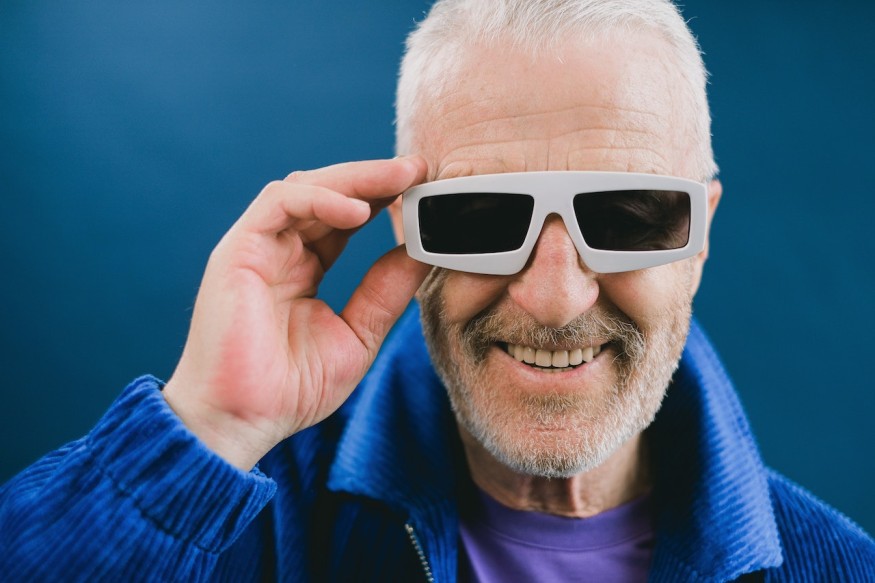According to the World Health Organization, it is estimated that around 2.5 billion people will have hearing loss by 2050. To help a deaf or hard-of-hearing person communicate more effectively, there are various assistive devices and hearing aids that they can use. However, these tools also have disadvantages that limit user interaction with other people.

Real-Time Captioning Technology
In the past few years, there has been a buzz in creating "live-captioning glasses," thanks to enhanced speech recognition technology and battery life. Some companies have rolled out their versions of eyeglasses that have the potential to help people with hearing disabilities communicate more seamlessly.
Many older adults need hearing aids but prefer not to wear them due to the stigma and difficulty adapting to the technology. Live-captioning glasses can resemble regular glasses, which are more normalized in society than hearing aids.
The fancy shades help them talk and join conversations in ways they have never been able to. The glasses automatically transcribe a person's speech and display the text as subtitles on the lenses in front of the user's eyes.
Most live-captioning eyeglasses are made of the glasses themselves, a small microphone, an onboard computer that processes speech, a battery, and some way of displaying text. Some glasses possess all of these components, while other devices sit on top of a regular pair of eyeglasses. Speech recognition software has enabled these technological advances, such as the one made by XRAI Glass.
In July, Tom Pritsky, co-founder of TranscribeGlass, introduced his company's live-captioning glasses, which provide subtitles for words spoken by a person. A relatively modest number of live-captioning glasses have already been sold. Over 5,000 people are part of XRAI Glass' pilot program, while thousands have ordered TranscribeGlass.
Real-time captioning is not a new technology. Deaf people or those who are hard of hearing can use mobile applications like Otter, which helps transcribe a conversation as they have it. However, constantly shifting between the person they are talking with and their phone can be frustrating and exhausting. As Pritsky describes, having captions in the user's field of vision is a game changer.
These devices have shown a lot of technological failures during the past three decades. But, according to computer science professor Thad Starner from Georgia Institute of Technology, current technological breakthroughs promise that live-captioning eyeglasses will soon be a normalized household technology. This is made possible by creating more portable batteries and speech recognition upgrades.
Challenges in Using Live-Captioning Eyeglasses
Experts believe that older people with hearing loss will most likely benefit from these tools.
Giving older people with age-related hearing loss access to live captioning can help improve their social relationships with family and friends. These high-tech eyeglasses could be a compelling device for millions, but they are not a complete solution.
These devices are not perfect and may never fully replace human translators. For instance, live-captioning software finds capturing accurate conversations in crowded places challenging since background noise remains an issue they still do not fully solve.
While many deaf people or those who are hard of hearing get excited by this technology, it could also threaten sign language interpreters. These people can convey the speaker's emotions, inflections, and identity, but captions do not display them.
RELATED ARTICLE : 77 Million Adults Are Exposed to Excessive Noise Levels That Cause Hearing Loss, Apple Hearing Study Reveals
Check out more news and information on Hearing Loss in Science Times.
© 2026 ScienceTimes.com All rights reserved. Do not reproduce without permission. The window to the world of Science Times.












